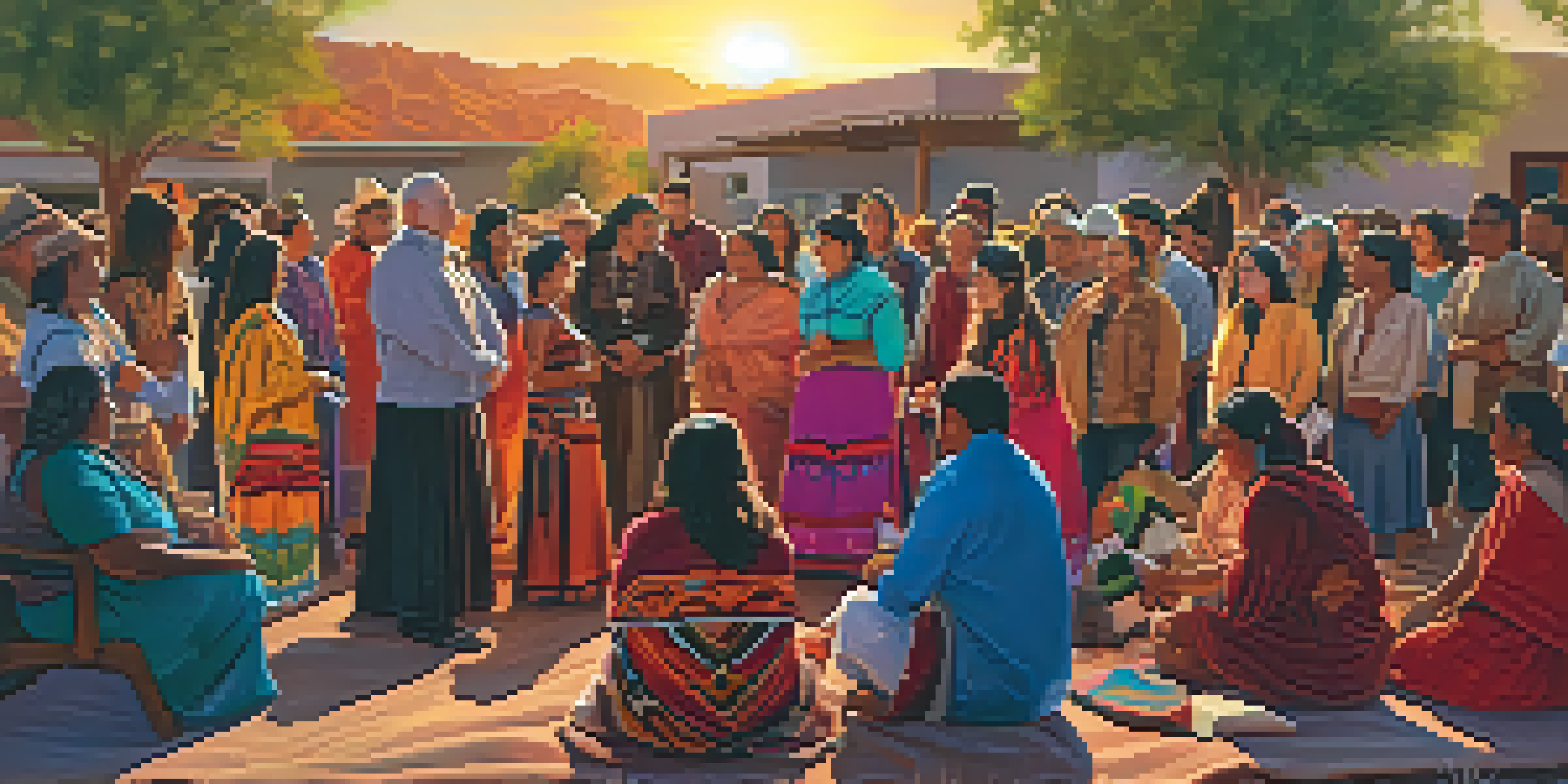Linguistic Diversity: Indigenous Languages of the Tucson Area

Understanding Linguistic Diversity in Tucson
Linguistic diversity refers to the variety of languages spoken in a specific area. In Tucson, this diversity is deeply rooted in the rich cultural heritage of Indigenous communities. The presence of multiple languages enriches the local culture and contributes to a vibrant social tapestry that reflects the unique histories of these communities.
A Brief History of Indigenous Languages in Tucson
Historically, the Tucson area has been home to various Indigenous groups, including the Tohono O'odham and Yaqui peoples. These languages have been spoken for centuries, preserving a wealth of knowledge and traditions. However, the impact of colonization and modernization has threatened the survival of these languages, leading to a decline in fluent speakers.
Linguistic Diversity in Tucson
Tucson's linguistic diversity reflects the rich cultural heritage of Indigenous communities and their unique histories.
Current Status of Indigenous Languages
Today, many Indigenous languages in the Tucson region are classified as endangered. Efforts are underway to revitalize these languages through educational programs and community initiatives. For instance, bilingual education in local schools aims to foster pride in Indigenous languages and encourage younger generations to learn their ancestral tongues.
The Importance of Language Preservation
Preserving Indigenous languages is vital for maintaining cultural identity and heritage. Language is not just a means of communication; it carries the history, traditions, and worldviews of a community. By protecting these languages, we ensure that the unique perspectives and knowledge embedded within them are not lost.
Revitalization Efforts Underway
Community initiatives and educational programs are actively working to revive endangered Indigenous languages in Tucson.
Community Efforts in Language Revitalization
Local organizations are actively promoting Indigenous language revitalization through workshops, language classes, and cultural events. These initiatives bring together community members to practice their languages and share their traditions. Furthermore, storytelling and music in native languages are powerful tools for engaging younger audiences and fostering a love for their linguistic heritage.
Success Stories of Language Revival
There have been inspiring success stories of language revival within Indigenous communities in Tucson. For example, the Tohono O'odham Nation has implemented language immersion programs that have seen positive results. These programs not only enhance language skills but also strengthen community bonds and cultural pride among participants.
Challenges to Language Survival
Despite revitalization efforts, Indigenous languages face significant challenges, including limited resources and an aging population of fluent speakers.
Challenges Facing Indigenous Languages Today
Despite the efforts to revitalize Indigenous languages, challenges remain. Limited resources, lack of institutional support, and the dominance of English can hinder progress. Moreover, the aging population of fluent speakers poses a threat to the continuity of these languages, making immediate action essential for their survival.
The Future of Indigenous Languages in Tucson
The future of Indigenous languages in Tucson relies on continued community support and innovation. By integrating these languages into everyday life, such as through signage and media, awareness can grow. Collaborative efforts among Indigenous groups, educators, and local governments are crucial to ensuring these languages thrive for generations to come.